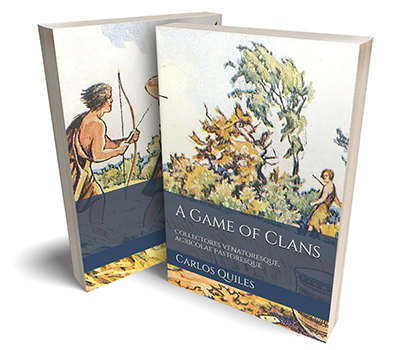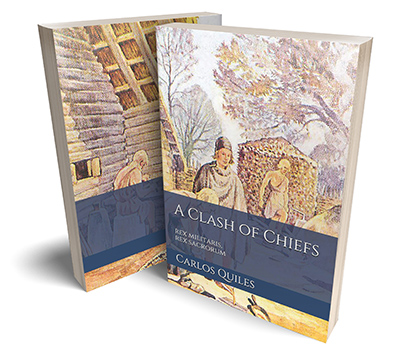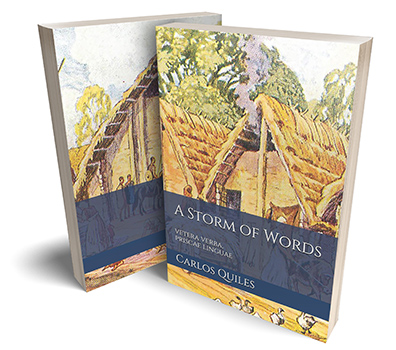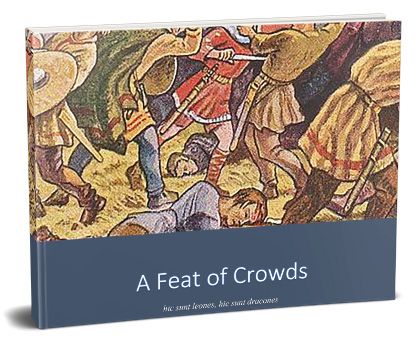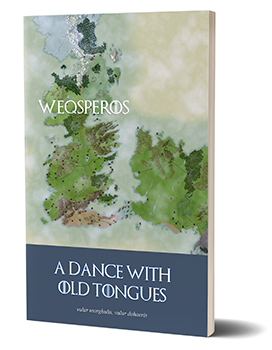This is the general page for updates of the series of books A Song of Sheep and Horses: eurafrasia nostratica, eurasia indouralica. Each book focuses on different aspects of Proto-Indo-European and Proto-Uralic languages and peoples, and their evolution.
The books represented initially a full revision of our previous essays – Indo-European demic diffusion model (for archaeology and population genomics) and North-West Indo-European (for linguistic reconstruction) – and have grown into reference works to be continuously updated with recently published papers and books.
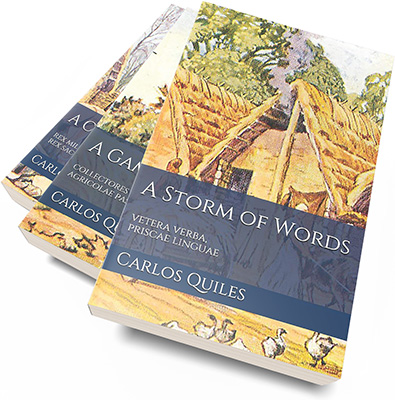
PLEASE NOTE. Printed versions available for purchase at Amazon have been set (almost) to the minimum price for expanded international distribution, and to the minimum price for Kindle publishing. Any benefits will be used to donate books to public libraries, university departments, and/or interested parties without means to purchase them. Advantages of the Kindle format over others offered by us online (e.g. ePub) include a more precise representation of Unicode characters, which is especially relevant for the linguistic volume.
I. A Game of Clans
A Game of Clans
collectores venatoresque, agricolae pastoresque
Population genomics, archaeology, and ethnolinguistics from modern humans to the Copper Age
A Game of Clans is the first of the two books of the series addressing the Proto-Indo-European Urheimat or homeland problem from a wide anthropological perspective, using archaeology and cultural and biological anthropology.
More specifically, this first volume integrates the most recent genetic research with the prevalent anthropological theories on migration routes from the Palaeolithic to the advent of the Bronze Age. Beyond a precise physical location of Middle and Late Proto-Indo-Europeans and Early and Late Uralians, archaeology and population genomics can offer important hints about the actual material culture, society, economy, religious beliefs, and political organization of each of these ancestral groups.
![]() Single PDF of first two volumes (View Online / Medium Quality), Bookmarked, in Color v. 1.2 (13 MB).
Single PDF of first two volumes (View Online / Medium Quality), Bookmarked, in Color v. 1.2 (13 MB).
Free download or read online in other formats here.
II. A Clash of Chiefs
A Clash of Chiefs
rex militaris,
rex sacrorum
Population genomics, archaeology, and ethnolinguistics from the Bronze Age to the Middle Ages
A Clash of Chiefs is the second of the two books of the series addressing the Proto-Indo-European Urheimat or homeland problem from a wide anthropological perspective, using archaeology and cultural and biological anthropology.
More specifically, this second book integrates the most recent genetic research with the prevalent anthropological theories on migration routes from the Early Bronze Age to the Middle Ages. Beyond a precise physical location of Early Indo-European (Italo-Celtic, Germanic, Balto-Slavic, Indo-Iranian, Greek, Thracian, Armenian, or Albanian) and Uralic (Balto-Finnic, Samic, Mordvinic, Ugric, or Samoyedic) communities, archaeology and population genomics can offer important hints about the actual material culture, society, economy, religious beliefs, and political organization of each of these ancestral groups.
![]() Single PDF of first two volumes (View Online / Medium Quality), Bookmarked, in Color v. 1.2 (13 MB).
Single PDF of first two volumes (View Online / Medium Quality), Bookmarked, in Color v. 1.2 (13 MB).
Free download or read online in other formats here.
III. A Storm of Words
A Storm of Words
vetera verba,
priscae linguae
Reconstructed Indo-European and Uralic proto-languages and their contacts
A Storm of Words (previously A Song of Sheep and Horses) is the third volume, but nevertheless main book of the series. As it can be inferred from the relative relevance of each section, the text is centered on North-West Indo-European and its reconstruction.
What was initially described by Krahe as an Old European community based on studies of European hydronymy, and what has been described through comparative grammar as a North-West Indo-European dialect continuum – sharing common lexical and grammatical traits –, is now more clearly defined as an ancient Indo-European proto-language that expanded at least twice, from two small European regions during the third millennium: from the North Pontic steppe to the Carpathian basin in the first half, and from the Middle Danube to the rest of Europe in the second half. This book deals with that matter from a linguistic point of view and, as a consequence, with the reconstruction of different Proto-Indo-European stages and dialects, as well as neighbouring languages, including especially Uralic and its dialects.
![]() PDF (View Online / Medium Quality), Bookmarked, in Color v. 1.2 (4 MB).
PDF (View Online / Medium Quality), Bookmarked, in Color v. 1.2 (4 MB).
Free download or read online in other formats here.
IV. A Feat of Crowds
A Feat of Crowds
hic sunt leones,
hic sunt dracones
Supplementary maps and graphics of prehistoric ethnolinguistic evolution of Europe, Asia and Africa
A Feat of Crowds (previously A Storm of Hordes) is the fourth and last book of the series, and it contains supplementary materials that are only available online: poster-size high-quality maps and graphics to illustrate the information contained in the other three volumes. Maps include cultures and inferred migrations based on cultural change and population genomics, as well as genetic data published to date added automatically with the help of GIS software.
![]() Whole PDF (View Online / Medium Quality), Bookmarked, in Color v. 1.21 (228 MB!).
Whole PDF (View Online / Medium Quality), Bookmarked, in Color v. 1.21 (228 MB!).
- Online maps of prehistoric migrations, including Y-DNA, ADMIXTURE, and mtDNA maps.
- Online PCAs and other relevant graphics referred to in the books.
Free download or read online in other formats here.
A Dance with Old Tongues
valar morghulis,
valar dohaeris
An experimental proposal to translate of A Song of Ice and Fire into Proto-Indo-European
A Dance with Old Tongues is an experimental text on how to translate George R. R. Martin’s A Song of Ice and Fire into Late Proto-Indo-European, and which language (and population) equivalents would be needed for this.
Detailed maps and graphics accompany the text, and can be downloaded online (including the original .PSD file).
This experiment can be better understood with a good grasp of the Proto-Indo-European question, as presented in the series A Song of Sheep and Horses.
A Song of Sheep and Horses (ASoSaH) reread
To be able to revise and update the text properly, I decided to start a series of posts on different aspects.
This is an updated list of the posts related to updates, corrections to or comments about the texts or graphics:
- A Song of Sheep and Horses, revised edition, now available as printed books (June 23 2019).
- Updates to ASoSaH: new maps, updated PCA, and added newest research papers (March 9 2019).
- ASoSaH Reread (II): Y-DNA haplogroups among Uralians (apart from R1a-M417) (January 29 2019).
- ASoSaH Reread (I): Y-DNA haplogroups among Indo-Europeans apart from R1b-L23 (January 23 2019).
- Happy new year 2019…and enjoy our new books! (December 31 2018).
